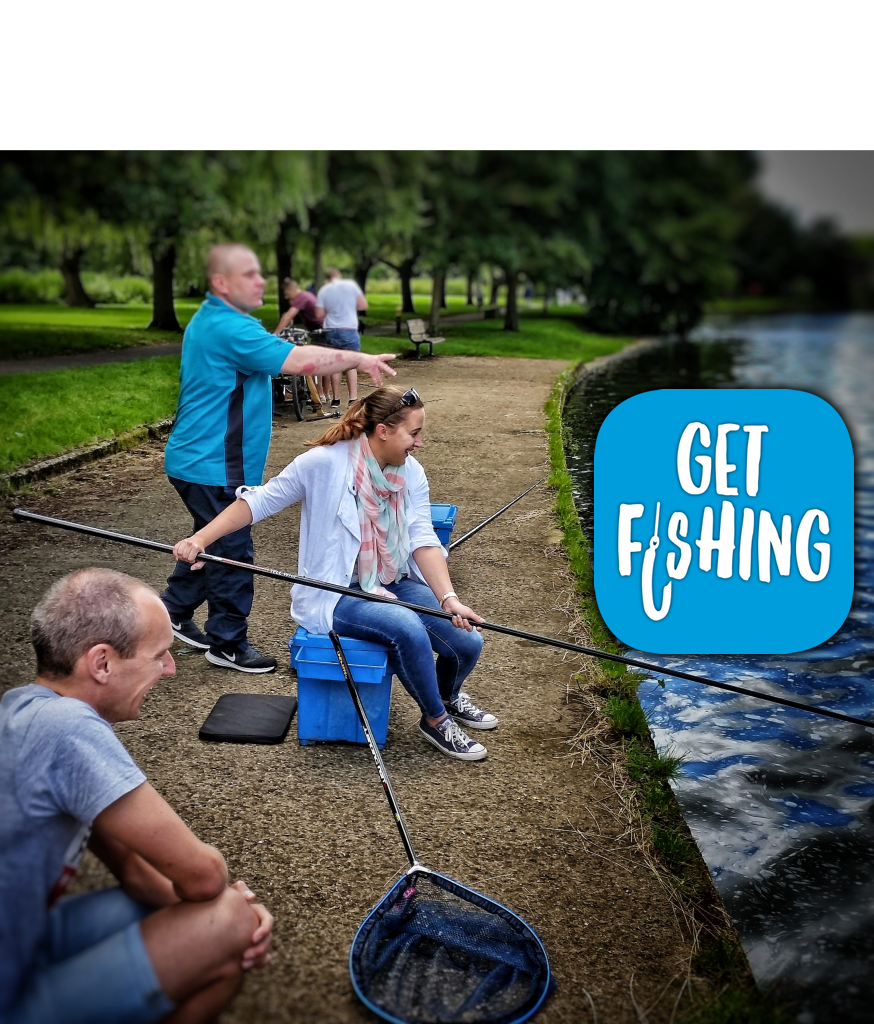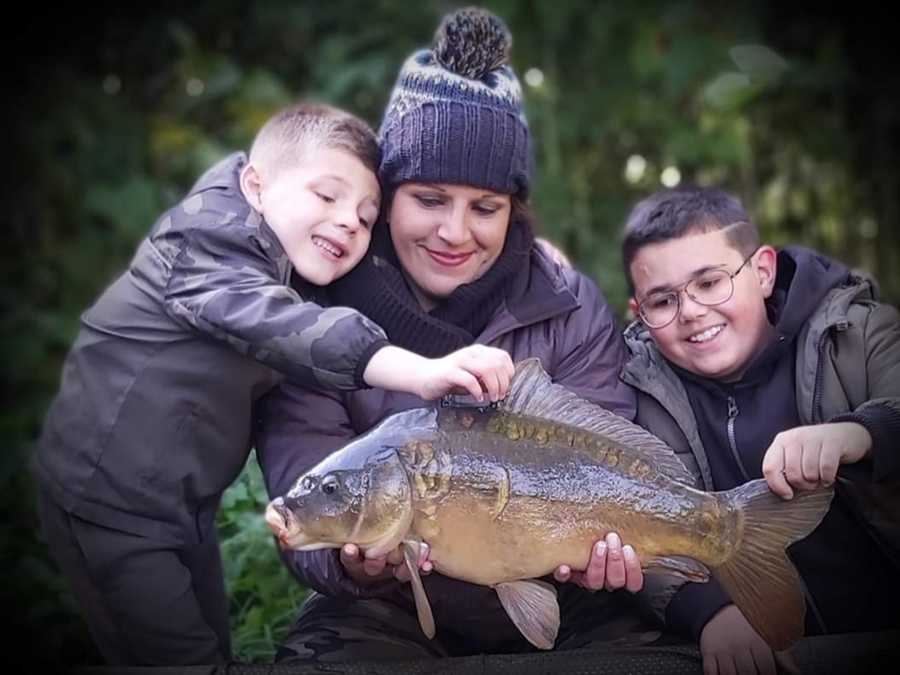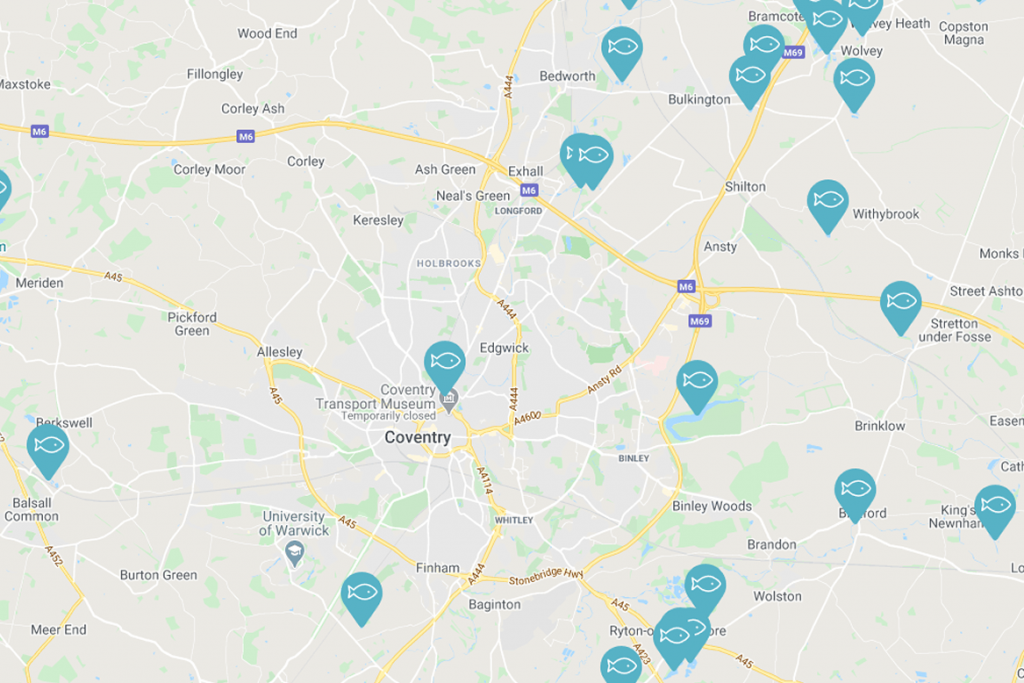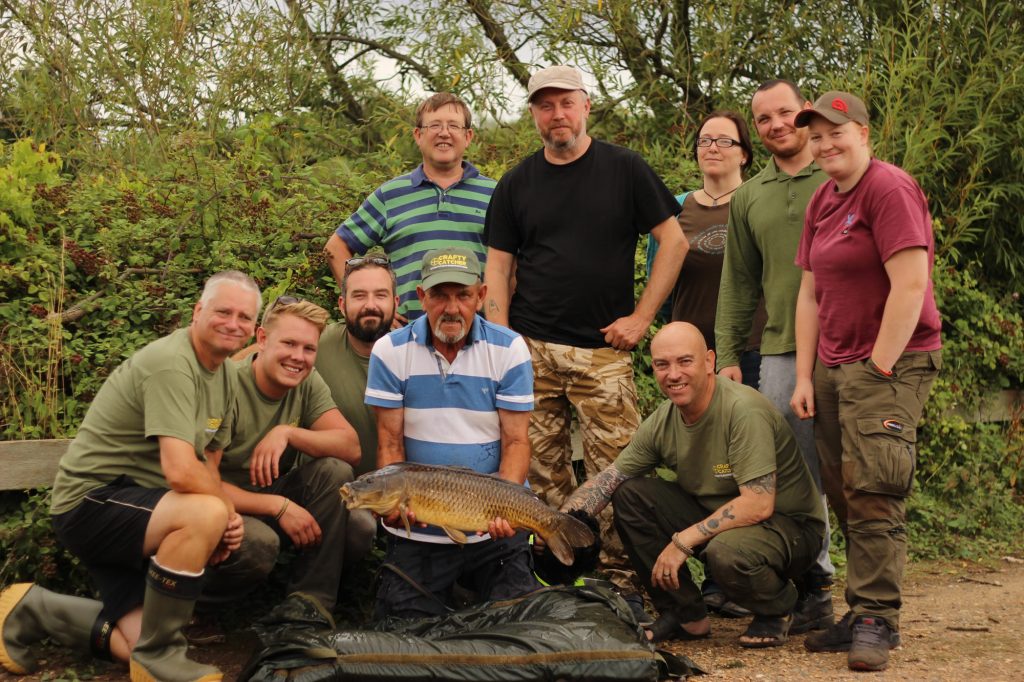
Lines On The Water
The ‘New’ Angling Improvement Fund Predation Round. How does it work?
In March 2025, The Angling Improvement Fund’s Predation round extended its window of opportunity. The limited opening and closing dates of previous years have been removed and the fund will now be open for most of the year.
—–
The Angling Improvement Fund (AIF) predation round is run by the Angling Trust in partnership with the Environment Agency. The Trust acts as the fund’s administrator and, through a rigorous selection process, allocates a proportion of rod licence income to help successful applicants combat issues that can devastate a fishery.
A recent Lines On The Water case study of Elms Angling Society in Rickmansworth illustrated that a successful submission for funding support can make a significant difference and help clubs to ensure fishing venues are better protected.
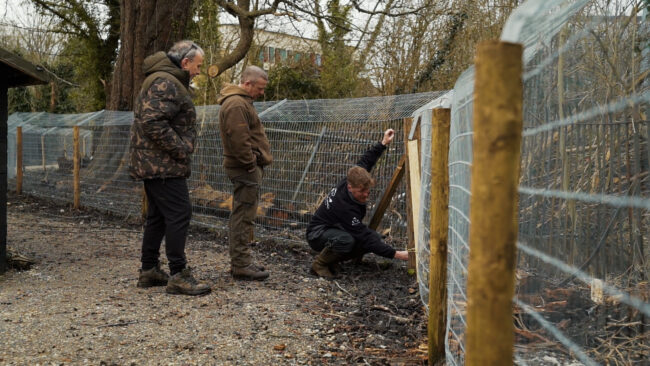
Otter fencing like this at Elms A.S. humanely protects fish stocks from unwelcome visitors.
The newly increased window of opportunity for submissions and an amended application process should ease time pressures on applicants but the basic advice on presentation remains the same: The more robust and credible your plan, the greater the chance of receiving financial support. Competition from other applicants is always likely to be tough and money received by the Environment Agency from licence-paying anglers is not going to be handed over lightly.
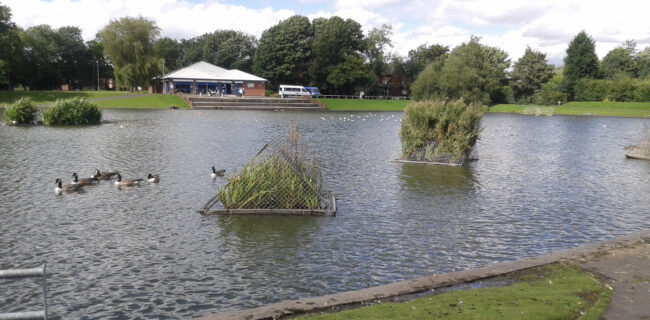
Floating Islands offer refuge for silver fish and protect from attacks from above.
One element to be clear about at the outset of any potential submission is the AIF’s place amongst a succession of funds that support clubs, fisheries and angling. The AIF is one of two comparable ‘improvement’ programmes. The other is the Fisheries Improvement Programme (FIP). Between them, the AIF and FIP serve different areas of angling development so its important to understand which fund is the right one for any project.
“The AIF has set criteria and is administered by the Angling Trust,” says Fund Manager Andy Petch. “The AIF’s Predation fund protects against predators such as otters, cormorants and goosanders. This includes support for otter fencing, non-lethal scaring methods and floating islands or marginal planting that provide shelter from danger for silver fish.
“The other round of the AIF focuses on biosecurity and invasive non-native species but this opens at a different time. An AIF round focusing on one category will NOT consider applications in another.
“The FIP fund generally has a wider scope to improve habitats for fish and upgrade venue facilities for the benefit of anglers. There’s a focus on greater accessibility so that more people can enjoy the many benefits that we know angling can provide.”
So, it’s important that angling organisations looking for funding understand which fund to apply for and keep visiting the Angling Improvement Fund or Fisheries Improvement Programme pages of the Angling Trust website for announcements.
For AIF Predation, the extended calendar has brought with it a slightly different application process. The reason behind the change is to ensure that applicants have all necessary permissions and information in place so that the fund can respond quicker when predation issues arise at almost any given moment in the calendar. Full details of the process are available on the Funding page of the Trust website.
So, what can clubs or fisheries do to increase the chance of success?
Unsurprisingly, planning and its presentation remain key. The harsh reality is that applications supported by little or no additional detail are rarely going to succeed. Transparency around such things as project rationale and itemised quotes from suppliers or contractors should be considered as a prerequisite in an application.
Free help at the planning stage remains available and for an AIF Predation application, the Angling Trust’s Fishery Management Advisors can offer advice and general guidance. In the south it’s Jake Davoile, while in the north Richard Bamforth is the point of contact.

The Angling Trust’s Fisheries Management Advisors can offer expert guidance.
“It’s not unusual, but some organisations don’t know where to start,” says Jake. We can help set up cameras to understand the frequency of predator visits which will help inform the membership about what needs to be done. On fencing for example, a club or fishery wouldn’t necessarily be expected to know what specification is required or even where to properly site it. Siting obviously dictates how much of a clearance operation needs to be done and from there, how much it will all cost.
“There are other elements like adjacent landowners to consider and potentially, designated site status and the proximity of water courses. Once that advice is given, it is up to them.” Jake says: “We can point them in the right direction and give them the information they ask of us but ultimately it is down to the club or fishery to get the job done.
“We’re always on the end of the ‘phone. We’ve assisted hundreds of clubs and fisheries and we’re happy to help iron out any problems that we can.”
The preparatory work Jake reflects helps to illustrate why the window of opportunity for an AIF Predation application has been extended. Even so, it’s important to understand that even with more time available, Jake and Richard aren’t there to guarantee an application will succeed. The advice will hopefully assist, but a subsequent application is the applicant’s responsibility alone.
Regardless of the new timetable, there’s still only a certain amount of rod licence income available. But it also remains the case that the more information you can provide and the more time you spend on presenting it, the greater chance you have of success.
“There are usually more projects submitted than budget available,” says Andy Petch. “So the importance of a comprehensive application can’t be overstated. Applications will now be subject to a more definitive, staged process although at the end of it, the panel will still score each submission against the agreed criteria. This will include project justification and outcomes, the number of rod licence holders that will benefit and the element of matched funding. We’re confident the greater calendar of opportunity within AIF Predation will ease the need for clubs and fisheries to hit short- term deadlines. But it’s still inevitable that not all applications will be successful in securing the finite level of funding allocated from rod licence sales.
- To find out more about the Angling Improvement fund click here.
- The Angling Improvement Fund and Fisheries Improvement Programme are funded by the Environment Agency from Rod Licence income.
- Please visit the Gov.uk website to buy your licence today.
You might also like

What to do if fish are gasping or spawning.…

WORLD CHAMPS GOLD FIRMLY IN THE SIGHTS OF ENGLAND…

We Fish as One supports Pride Month 2025

Sunglasses giant backs Angling Trust

Join in with the Check, Clean, Dry campaign this…

From TikTok to the classroom – Orchard School follows…

DRENNAN ENGLAND FEEDER TEAM WIN WORLD CHAMPS!

Family fishing at Aston Park Fisheries where have a…

FOURTEEN SIDES ALREADY THROUGH TO SUPERCUP ROUND 2!
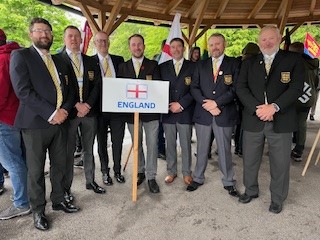
SIXTH FOR ENGLAND AT FLY WORLD CHAMPS

Much needed new European Management Plan for Cormorants moves…
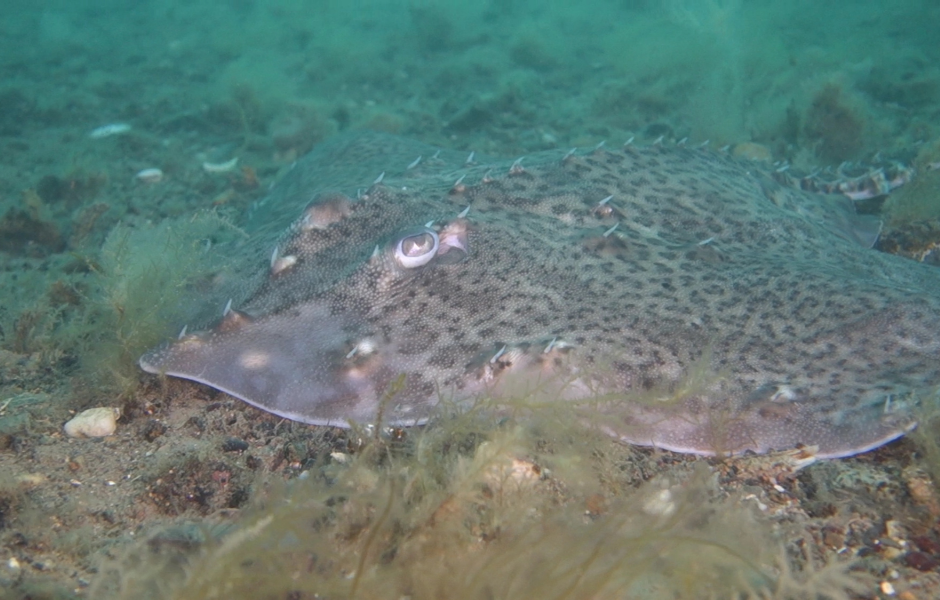
A Turning Tide: Why Ending Bottom Trawling in MPAs…

What to do if fish are gasping or spawning.…

WORLD CHAMPS GOLD FIRMLY IN THE SIGHTS OF ENGLAND…

We Fish as One supports Pride Month 2025

Sunglasses giant backs Angling Trust

Join in with the Check, Clean, Dry campaign this…

From TikTok to the classroom – Orchard School follows…

DRENNAN ENGLAND FEEDER TEAM WIN WORLD CHAMPS!

Family fishing at Aston Park Fisheries where have a…

FOURTEEN SIDES ALREADY THROUGH TO SUPERCUP ROUND 2!

SIXTH FOR ENGLAND AT FLY WORLD CHAMPS

Much needed new European Management Plan for Cormorants moves…

A Turning Tide: Why Ending Bottom Trawling in MPAs…

What to do if fish are gasping or spawning.…

WORLD CHAMPS GOLD FIRMLY IN THE SIGHTS OF ENGLAND…

We Fish as One supports Pride Month 2025

Sunglasses giant backs Angling Trust

Join in with the Check, Clean, Dry campaign this…

From TikTok to the classroom – Orchard School follows…

DRENNAN ENGLAND FEEDER TEAM WIN WORLD CHAMPS!

Family fishing at Aston Park Fisheries where have a…

FOURTEEN SIDES ALREADY THROUGH TO SUPERCUP ROUND 2!

SIXTH FOR ENGLAND AT FLY WORLD CHAMPS

Much needed new European Management Plan for Cormorants moves…

